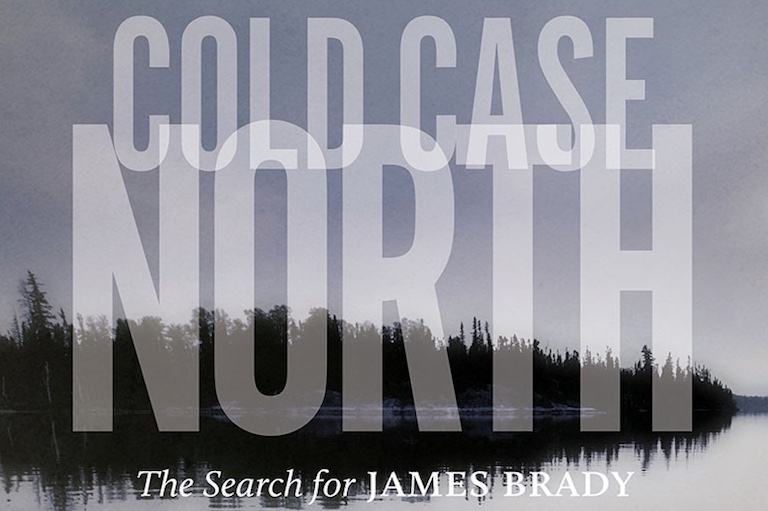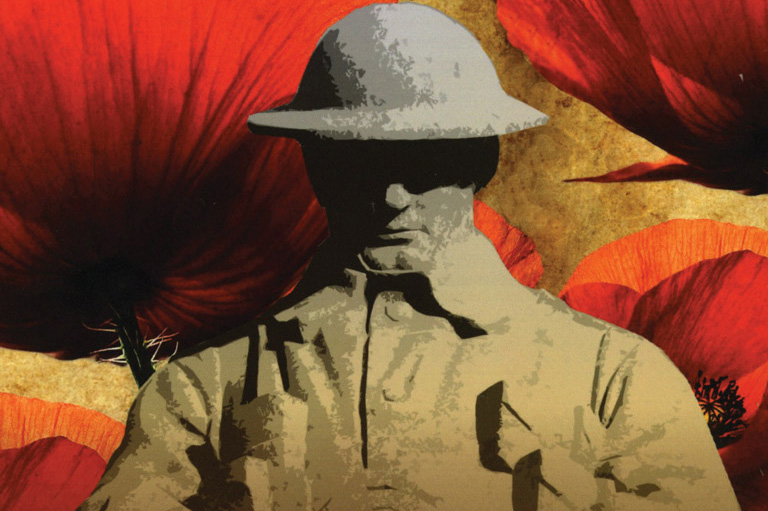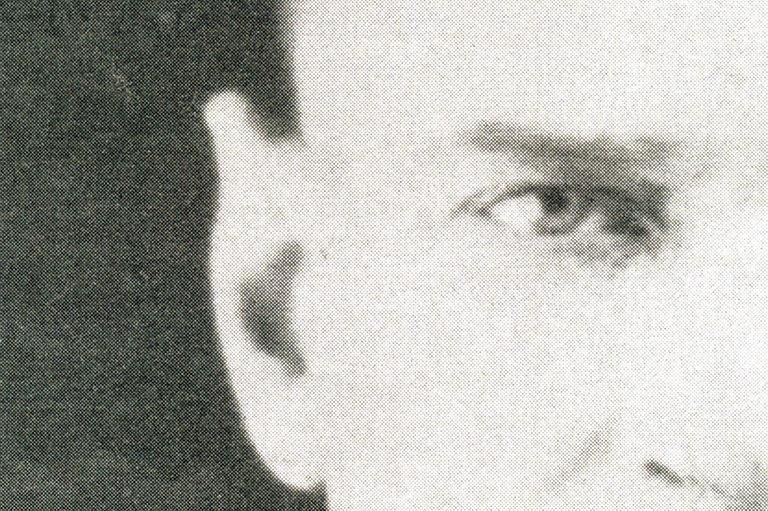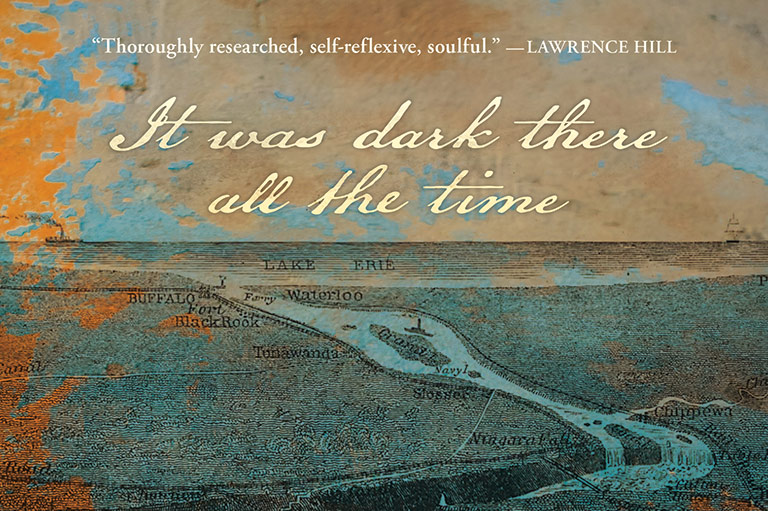No Surrender
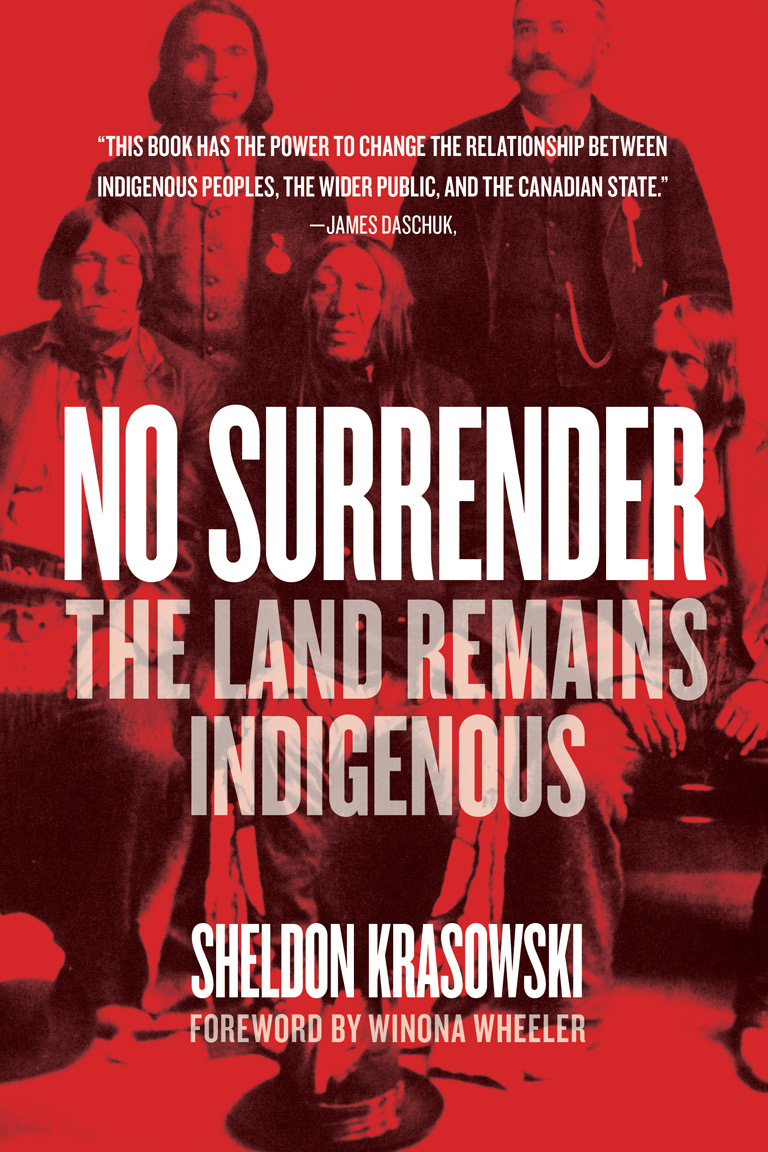
No Surrender: The Land Remains Indigenous
by Sheldon Krasowski
University of Regina Press,
391 pages, $27.95
The treaties between the First Nations and Canada have received scholarly attention over the years, most often from the perspective of the negotiators who represented the Crown.
In No Surrender: The Land Remains Indigenous, author Sheldon Krasowski provides a valuable and detailed account of the background and strategies that went into the negotiation of treaties one through seven that opened the Canadian plains to European settlement. He quotes correspondence from bystanders such as members of the North West Mounted Police, Hudson’s Bay Company personnel, missionaries, and others not directly involved in the discussions. In this manner he enriches the discussion.
Krasowski refers to the treaty-making process that existed between Indigenous peoples prior to concluding the treaties with the Crown. First Nations had to demarcate their territories to assure peace. For example, the treaty of Wetaskiwin determined that the border between the Blackfoot and the Cree was the Red Deer River; and Krasowski mentions Indigenous historian and legal expert Sharon Venne, who describes how the Cree and the Dene agreed that the Peace River would form the border between their territories.
Treaty making and diplomacy were common practices in First Nations history. The Selkirk Treaty of 1817 predated Treaty One by fifty-one years, but the oral history remained fresh among the First Nations. The Selkirk Treaty determined that land adjacent to the Red and Assiniboine rivers in what is now Manitoba would be made available for farming, with the rest available to First Nations. It left First Nations with the understanding that reserves were for white people.
Krasowski points out that any mention of land surrender was avoided, and the negotiators instead stressed the benefits of the treaty. Treaty Commissioner Alexander Morris defined the terms of the treaty as involving the sharing of the land, a First Nations position that remains to the present. However, the written text is very clear that the treaties were seen by the government as a land surrender. The first item following the opening statements begins, “The Indians ... do hereby cede, release, surrender and yield up to the government....”
The issue of surrender came to a head during the negotiations for Treaty Six, when Chief Poundmaker stated, “This is our land and not a piece of pemmican to be cut up and given back to us in small pieces.” This account was recorded by Peter Erasmus, the interpreter for the Cree chiefs, but was not reported in the government account.
Questions regarding the development of unsurrendered land are relevant to modern-day negotiations in British Columbia, such as in regard to pipelines. Similar opposition arose in 1875, during preparations for the negotiation of Treaty Six, when the Canadian government wanted to build a telegraph line from Fort Carlton, north of what is now Saskatoon, to Fort Edmonton. The contractor, Richard Fuller, warned in a letter that “most of the territory the line runs through is unsurrendered....” Cree chiefs Mistawasis and Ahtahkakoop confronted the construction crew, and work ceased. The workers had to take down the line and left behind all the wire, posts, and insulators.
As Krasowski mentions, the role of spirituality has been largely neglected in previous texts about treaty making. He quotes Cree interpreter Peter Erasmus, who said Indigenous people “were far more deeply affected and influenced by their religious beliefs than any comparable group of white people.” All of the negotiations began with chiefs conducting a sacred pipe ceremony to guide their thoughts during the discussions.
Krasowski also notes the dichotomy that existed between the federal government and the First Nations leaders who negotiated the treaties. The archival records show that, while the government was negotiating the treaties, the Department of Indian Affairs was putting together policies to undermine the rights and traditions of Indigenous peoples.
No Surrender is a detailed account of treaty negotiations and of the differing understandings of the treaty-making process, as seen through an unbiased lens. Indigenous people didn’t lack knowledge and were not ignorant savages — as they’ve been portrayed by some historians. Indigenous people understood sovereignty over territory, even though land ownership in the European sense was unknown. They wanted to use the treaties to build a better life for future generations, while the government wanted the land and saw no intrinsic value in the Indigenous nations that had ruled the land for centuries. That was a tragic flaw that continues to haunt Canada and the First Nations.
Themes associated with this article
Advertisement

